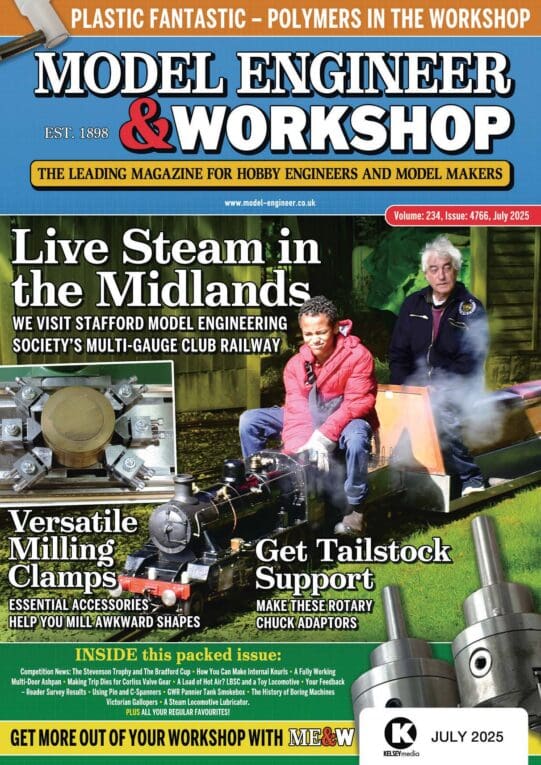Hi all
I have a Hobbymat MD65 lathe (AKA Prazimat SD300), which has a 'D'-shaped bed. A year or so ago I found that it is turning a taper: 0.16mm difference in diameter over an 80mm length (tapered towards the tailstock end).
Before I take drastic action and undo the pinch bolts that clamp the bed into the head and start attempting to re-align the bed, I'm looking for some advice – preferably from someone who has done this before… Note that the bed is not directly attaced to the lathe base, so the usual method of twisting the base will not work (I think).
This error makes the lathe useless for turning long thin things – fortunately most of what I do is short and fat.
I have replaced the spindle bearings, adjusted the carriage gibs and various other attempts – none of them had any effect. The "good" news is that the 0.16mm difference in diameter remained constant throughout – meaning I have now eliminated several other potential sources of the error (and also not made things any worse!).
There is more info below, but the above is really the crux of my question. Any help gratefully recieved!
Here's a pic showing the test bar, d-bed, head and spindle. The d-bed is held in the head with two pinch bolts – you can just see one in the lower left corner.

To take my measurements I turn up a test bar held only in the chuck, and them measure the diamter at the chuck end, and again at the free end. The difference in diameter is rock steady at 0.16mm.
I attached a clock to the carriage and ran it up and down the length, my findings were curious (to me anyway):
- zero change along the top and near side (the side with the cutter)
- exactly 0.16mm change along the bottom and the far side
More measuring and I found that the tool height changes along the length of the test piece (confirming the dial gauge readings above).
I find it curious that all of the error is on the bottom and far side – this suggests that the bed is exaclt equally out of alignment in the vertical and horizontal planes.
Thanks
B
Barry Johnson 2.





